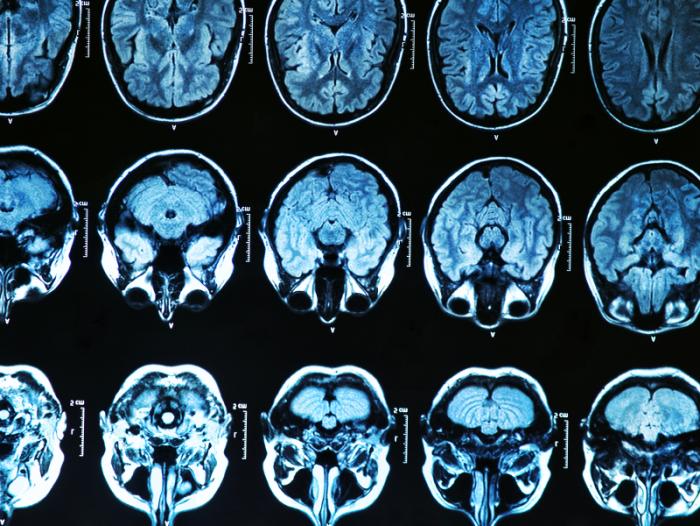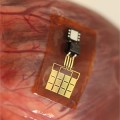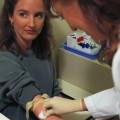Fewer than 5 percent of cases of Alzheimer’s disease have a clear genetic cause, making it hard to predict who will develop the devastating brain-wasting disorder. There is an urgent need to develop biomarkers and early treatments before the symptoms of decline take hold and destroy lives. Now, using a mouse model of Alzheimer’s disease, researchers discover a link between early bone loss and brain degeneration that may begin to address this need.

Years before the symptoms emerge, abnormal protein deposits are already forming throughout the brain in people with Alzheimer’s disease.
The researchers – from Northeast Ohio Medical University (NEOMED) in Rootstown – report their findings in the Journal of Alzheimer’s Disease.
Their study is important because it identifies alterations that appear to occur in the very early stages of Alzheimer’s disease, and because they affect bone, may offer a biomarker for earlier detection that does not involve examining the brain.
Among older adults, Alzheimer’s disease is the most common cause of dementia, a progressive brain disorder that gradually robs people of their ability to remember, think, reason, and make decisions. Eventually, the symptoms become so severe that patients can no longer take care of themselves.
Alzheimer’s disease is ranked as the sixth leading cause of death in the United States, where estimates suggest there are more than 5 million people living with the disease.
Among older Americans, the disease is thought to be the third leading cause of death, just behind heart disease and cancer.
Need for biomarkers of early disease
Scientists are still trying to understand the complex, incurable – and seemingly unstoppable – changes that take place in the brain of people with Alzheimer’s disease.
However, they do know that years before the symptoms emerge, abnormal deposits of beta-amyloid and tau proteins are forming throughout the brain, gradually clogging up brain cells so they stop working and die.
There is an urgent need to find ways to identify and stop these early brain changes before they damage the brain
Reduced bone mineral density and the disease it leads to – osteoporosis – are much more common in people with Alzheimer’s disease. The bone conditions often emerge before the dementia symptoms are spotted. However, the underlying mechanisms linking them are unclear.
The researchers behind the new study had a hunch that bone loss is an additional early symptom of Alzheimer’s disease itself, due to a dysfunction in the production of serotonin, a brain chemical that controls mood and sleep – two processes that are also affected early in Alzheimer’s disease.
So they set out to investigate, using “htau mice” – mice genetically engineered to have human forms of a type of tau protein that becomes faulty in Alzheimer’s disease and disrupts an important internal cell structure called microtubules.
Bone loss in htau mice linked to serotonin deficits
The researchers measured bone mineral density in the htau mice before they developed significant signs of tau abnormality. They found significantly reduced bone mineral density compared with normal mice – especially in the males.
Further examination of the htau mice revealed major cell changes in a region of the brainstem known as the dorsal raphe nucleus (DRN) – “a pivotal structure in the regulation of the adult skeleton,” note the authors. The DRN also produces most of the brain’s serotonin.
The researchers also found higher levels of abnormal tau protein in the same area of the brain as early as 4 months of age in the htau mice.
They conclude that their findings show reduced bone mineral density occurs earlier than the overt brain degeneration seen in a tau-based mouse model of Alzheimer’s disease and that alterations in tau protein occur in the serotonin-producing cells of the brainstem of such mice.
The team suggests further studies should now look for the molecular mechanism that links bone loss to reduction in serotonin in early Alzheimer’s disease in humans.
Should that be found, then as lead author Christine Dengler-Crish, assistant professor of pharmaceutical sciences, and anatomy and neurobiology at NEOMED, suggests:
“Measurement of bone density, which is routinely performed in the clinic, could serve as a useful biomarker for assessing AD [Alzheimer’s disease] risk in our aging population.”
“The findings of this study motivate us to explore the serotonin system as a potential new therapeutic target for this devastating disease.”
Prof. Christine Dengler-Crish
Discover how aerobic exercise improves cognition in old age.



